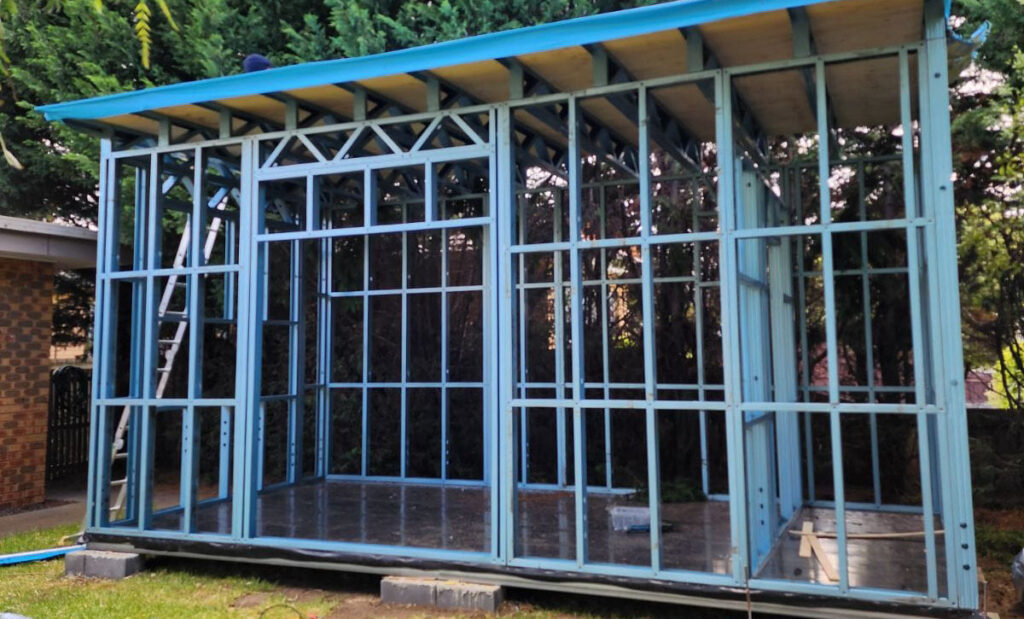In Australia a new trend is emerging – the rise of the tiny house. These compact houses, which used to be popular with niche enthusiasts or eco-conscious minimalists, are now gaining traction as a sensible solution to Australia’s ever-looming rental shortage.
But Buyer Beware

It isn’t all rosy in the tiny house industry with false claims and unscrupulous business practises.
MyTinyHomeKit in Melbourne and it’s director Spencer Porter have been labelled a scam.
Spencer Porter failed to deliver 40 tiny homes which were paid for in advance. The total cost to purchasers was estimated at over $1 million leaving many peoples lives devestated.
A Surge of Interest in the Humble Tiny House
The problem is simple – there aren’t enough rental properties to go around, and those that are available are unaffordable to most. With urbanisation and housing prices reaching new heights, many Australians find themselves priced out of the rental market or trapped in a cycle of expensive lease agreements. Enter the tiny home, a pint-sized solution to the housing crisis.
So, why the sudden surge in interest? For starters, tiny houses offer affordability over traditional housing options which seem increasingly out of reach. With construction costs significantly lower than those of conventional homes, new homeowners can sidestep the mortgage trap and embrace a simpler, more financially sustainable lifestyle.
Tiny houses are versatile and capable of popping up in unexpected places – backyards, vacant lots, or even repurposed industrial spaces. This adaptability not only maximises land utilisation but also provides a glimmer of hope for those grappling with the scarcity of available housing stock. When space is at a premium, thinking outside the box becomes necessary. They are also environmentally friendly compared to conventional houses.
A Lifestyle Choice
It’s not just about economics – there’s a certain allure to tiny house living that goes beyond mere cost savings. In a world suffocating under the weight of excess, the minimalism of tiny houses offers a breath of fresh air.
Embracing the tiny house lifestyle isn’t without its challenges. Space constraints require a commitment to decluttering, which can cause people to confront their attachment to belongings that may not be necessary to everyday life. Downsizing from a sprawling suburban home to a modest tiny house demands a willingness to prioritise experiences over possessions – a shift that’s as liberating as it is daunting.


